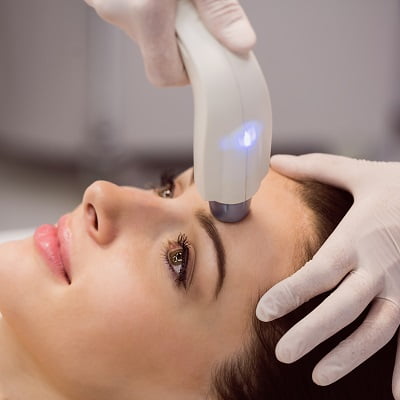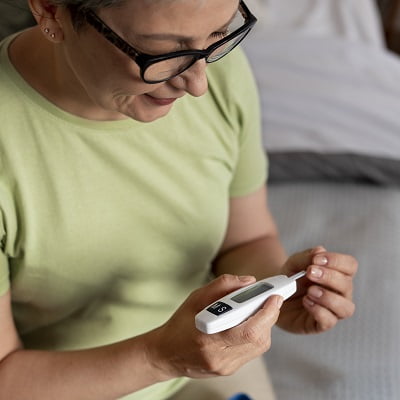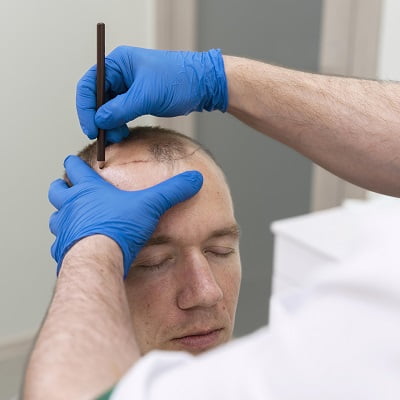
Liposuction in Islamabad is a widely sought-after cosmetic procedure that helps individuals achieve their desired body contours by removing excess fat deposits. While many people are familiar with liposuction, the specifics of how it is performed might remain a mystery.
This comprehensive blog will delve into the liposuction technique, exploring the methods, advancements, and safety measures that have made it one of the most popular cosmetic surgeries worldwide.
Understanding the Basics:
Before delving into the intricacies of how liposuction is performed, it’s essential to understand the fundamentals of the procedure. Liposuction is not a weight loss method or a substitute for a healthy lifestyle; instead, it is a body contouring technique designed to sculpt and reshape specific body areas with stubborn fat deposits. Common treatment areas include the abdomen, thighs, buttocks, hips, arms, chin, and neck.
Liposuction is most suitable for individuals close to their ideal weight but struggle with localized fat pockets that do not respond well to diet and exercise. It is not a cure for obesity, and candidates should be healthy.
The Liposuction Procedure Step-by-Step:
Consultation and Assessment:
The journey to liposuction typically begins with a consultation with a board-certified plastic surgeon. During this initial meeting, the surgeon evaluates the patient’s overall health, discusses their aesthetic goals, and examines the areas to be treated. Patients must have realistic expectations and clearly understand the procedure’s limitations.
Anesthesia:
On the day of the procedure, the patient is taken into the operating room, where the surgeon and medical team prepare for the surgery. Anaesthesia is administered to ensure the patient’s comfort and safety during the procedure. There are three main types of anaesthesia used in liposuction:
- Local Anesthesia: Only the specific area being treated is numbed, and the patient remains awake.
- General Anesthesia: The patient is entirely unconscious, unaware of the surgery.
Incision and Tumescent Solution:
After anaesthesia is administered, small incisions, typically less than half an inch, are made in inconspicuous areas near the targeted fat deposits. These incisions serve as entry points for the liposuction cannulas.
Before the fat is removed, a tumescent solution is injected into the treatment area. This solution contains a mixture of saline, a local anaesthetic, and epinephrine. The tumescent solution helps minimize blood loss and reduces pain and bruising during and after the procedure.
Fat Removal:
With the tumescent solution, the surgeon inserts a thin, hollow tube called a cannula through the incisions. The cannula is connected to a vacuum or suction device. The surgeon uses a controlled back-and-forth motion to break up and suction the excess fat. The specific technique employed can vary based on the liposuction type. Standard liposuction techniques include:
- Traditional Liposuction: The surgeon manually moves the cannula to dislodge and remove fat.
- Ultrasound-Assisted Liposuction: Ultrasonic energy is used to liquefy fat cells before removal.
Sculpting and Contouring
Liposuction is as much an art as it is a science. The surgeon carefully sculpts and contours the treated area to achieve the desired shape and proportion. It requires skill, precision, and an understanding of aesthetic principles.
Closing Incisions
Once the desired contour is achieved, the surgeon removes the cannulas and closes the small incisions with sutures. Sometimes, no sutures are needed, as the incisions are tiny and can heal independently.
Postoperative Care
After the procedure, the patient is monitored in a recovery area. They may be required to wear compression garments to reduce swelling and support the newly contoured site. Pain medication and antibiotics may be prescribed to manage discomfort and prevent infection.
Recovery and Results:
Recovery after liposuction varies from person to person and depends on several factors, including the extent of the procedure and individual healing rates. However, here is a general timeline of what to expect:
- The initial recovery typically involves some swelling, bruising, and discomfort, which can be managed with prescribed medications.
- Most patients can return to light activities within a few days but should avoid strenuous exercise and heavy lifting for a few weeks.
- Final results are not immediately visible due to swelling, but patients can expect to see noticeable improvements within a few weeks, with continued refinement over several months.
The Bottom Line!
Liposuction is a widely popular cosmetic procedure that has helped countless individuals achieve their desired body contours and boost their self-confidence. While the artistry of liposuction lies in the surgeon’s ability to sculpt and reshape, the science behind it has evolved significantly to ensure safety and efficacy.
As with any surgical procedure, a board-certified plastic surgeon in an accredited facility should carefully consider and perform liposuction. When done right, liposuction can help individuals achieve the body contours they desire, enhancing both their appearance and self-esteem. So, don’t wait and choose Royal Cosmetic Surgery Islamabad for the best liposuction performance.











Book Appointment